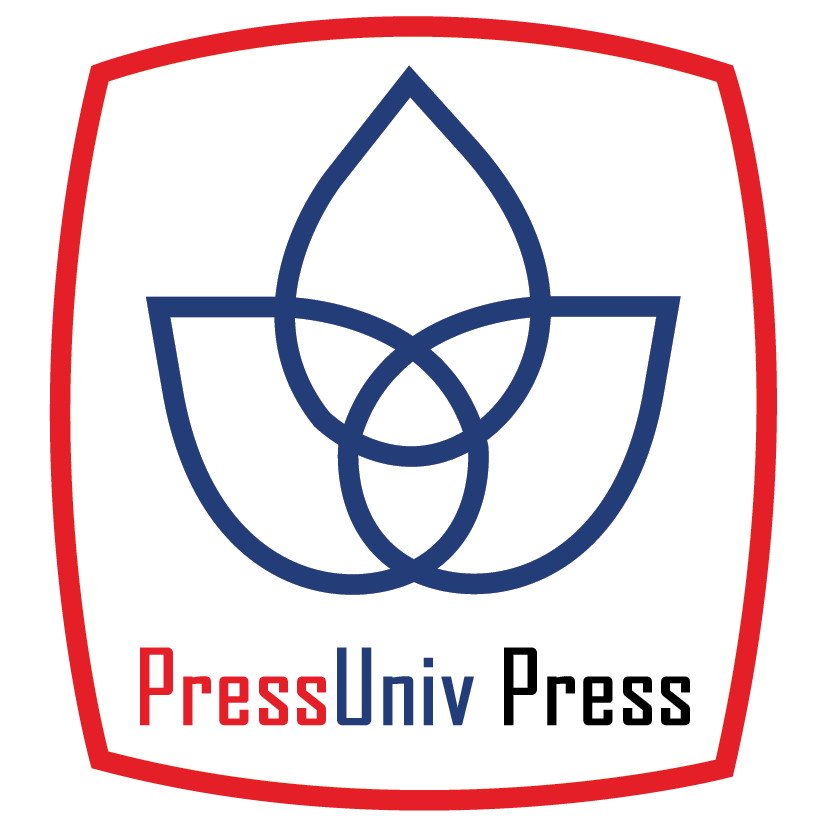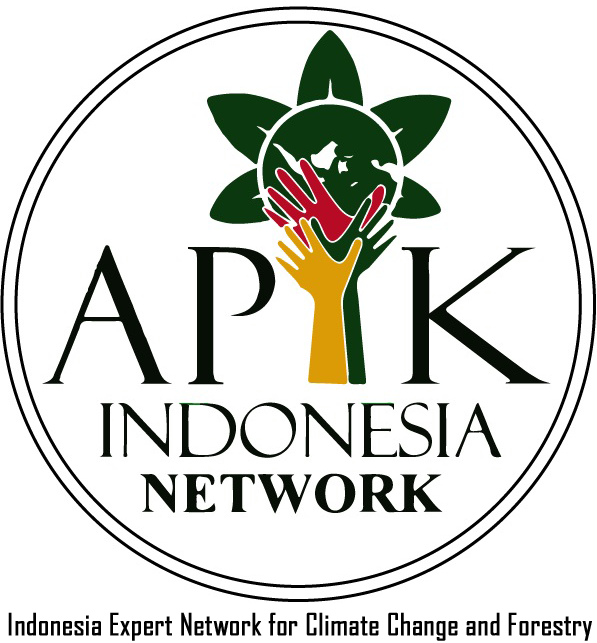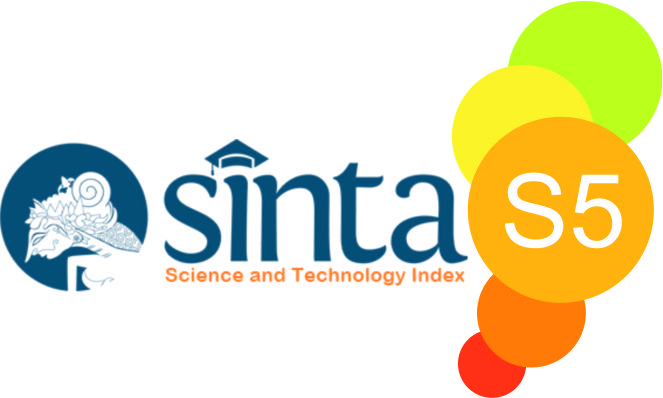APPLICATION OF ULTRAVIOLET (UV) TECHNOLOGY ON WATER DECHLORINATION: INFLUENCE OF UV FLUENCE DOSE AND UV TRANSMITTANCE ON CHLORINE REMOVAL EFFICIENCY
Abstract
Water dechlorination is required to remove chlorine residual (free and combined chlorine) formed as byproducts of chlorination treatment. Ultraviolet (UV) dechlorination method has advantages compared to other dechlorination methods. This method uses a powerful photon energy generated by low pressure (LP) and medium pressure (MP) UV lamps to break chemical bond of the residual chlorine into reactive free radicals (•OH−) and (•Cl −). Studies are needed to evaluate its removal efficiency and the effect of treatment conditions on the efficiency before applying this method to practical applications. This study evaluates the effectiveness of medium pressure UV technology on UV dechlorination and investigates the influence of operation conditions (UV fluence and UV Transmittance) on chlorine removal efficiency. The impacts of both UV fluence and UV transmittance variations on chlorine removal efficiency were observed. Results of this study indicate that chlorine reduces upon exposure of UV radiation and chlorine removal efficiency increases with the increasing of UV fluence dose and UVT. The maximum UV fluence dose applied in this study (513 mJ/cm2) results in less than 25% of total chlorine reduction.
Keywords
Full Text:
PDFReferences
Howe J.K, Hand D.W, Crittenden J.C, Trussell R.R, Tchobanoglous G. 2012. Principles of Water Treatment. New Jersey: John Wiley & Sons.
Spellman, Frank R. 2013. Handbook of Water and Wastewater Treatment Operations, Third Edition. Boca Raton: CRC Press.
Herbert A, Forestier D, Lenes D, Benanou D, Jacob S, Arfi C, Lambolez L, and Levi Y. 2010. Innovative Method for Prioritizing Emerging Disinfection by-Products (DBPs) in Drinking Water on the Basis of Their Potential Impact on Public Health. Journal of Water Research, 44(10):3147-65.
Richardson S.D, Simmons J.E, and Rice G. 2002. Peer Reviewed: Disinfection Byproducts: The Next Generation. Journal of Environmental Science and Technology, 36(9): 198A-205A
Watson K, Shaw G, Leusch F.D.L, and Knight N.L. 2012. Chlorine Disinfection by-Products in Wastewate effluent: Bioassay-based Assessment of Toxicology Impact. Journal of Water Research. 46(18): 6069–6083
Linden K.G, Sharpless C.M. 2003. Experimental and Model Comparisons of Low- and Medium-Pressure Hq Lamps for the Direct and H2O2 Assisted UV Photodegradation of N-Nitrosodimethylamine in Simulated Drinking Water. Journal of Environmental Science and Technology. 37(9):1933-1940.
Clarke, S.H. (2006). Ultraviolet Light Disinfection in the Use of Individual Water Purification Devices, in Technical Information Paper #31-006-0306. U.S. Army Center for Health Promotion and Preventive Medicine.
Buxton, G.V. & Subhani, M.S., 1972. Radiation chemistry and photochemistry of oxychlorine ions. Part 1.—Radiolysis of aqueous solutions of hypochlorite and chlorite. Journal of the Chemical Society, Faraday Transactions 1: Physical Chemistry in, 68:947-957.
Buxton, G.V. & Subhani, M.S., 1972. Radiation chemistry and photochemistry of oxychlorine ions. Part 2.—Photodecomposition of aqueous solutions of hypochlorite ions. Journal of the Chemical Society, Faraday Transactions 1: Physical Chemistry in Condensed Phases, 68:958-969.
Bolton, J.R., 2010. Ultraviolet Applications Handbook, Third Edition. Edmonton: ICC Lifelong Learn Inc.
Feng, Y.G., Smith, D.W., Bolton, J.R., 2007. Photolysis of aqueous free chlorine species (HOCl and OCl-) with 254 nm ultraviolet light. Journal of Environmental Engineering and Science. 6(3):277-284.
Harp, D.L. (2002). Current Technology of Chlorine Analysis for Water and Wastewater. Technical Information Series--Booklet No 17.
Tchobanoglous G, Burton F.L, Stensel H.D, Metcalf and Eddy. 2003. Wastewater Engineering: Treatment and Reuse, Fourth Edition. New York: McGraw-Hill Education.
Örmeci, B., Ishida, G.A. & Linden, K.G. (2005). UV disinfection of chlorinated water: impact on chlorine concentration and UV dose delivery. Journal of Water Supply: Research and Technology-AQUA, 54 (3):189-199
Watts, M.J. & Linden, K.G. (2007). Chlorine Photolysis and Subsequent OH Radical Production during UV Treatment of Chlorinated Water. Water Research, 41(13):2871-2877.
Pera-Titus M, Garcia-Molina V, Banos M.A, Gimenez J, Esplugas S. 2004. Degradation of Chlorophenols by Means of Advanced Oxidation Processes: a General Review. Journal of Applied Catalysis B: Environmental. 47(4):219-256.
DOI: http://dx.doi.org/10.33021/jenv.v1i1.42
Copyright (c) 2016 Maryani Paramita Astuti, Xie Rongjing

This work is licensed under a Creative Commons Attribution-ShareAlike 4.0 International License.
Journal of Environmental Engineering and Waste Management Published by PresUniv Press, in collaboration with IESA and APIK Indonesia Network Â Â
    Â
    Â
  

